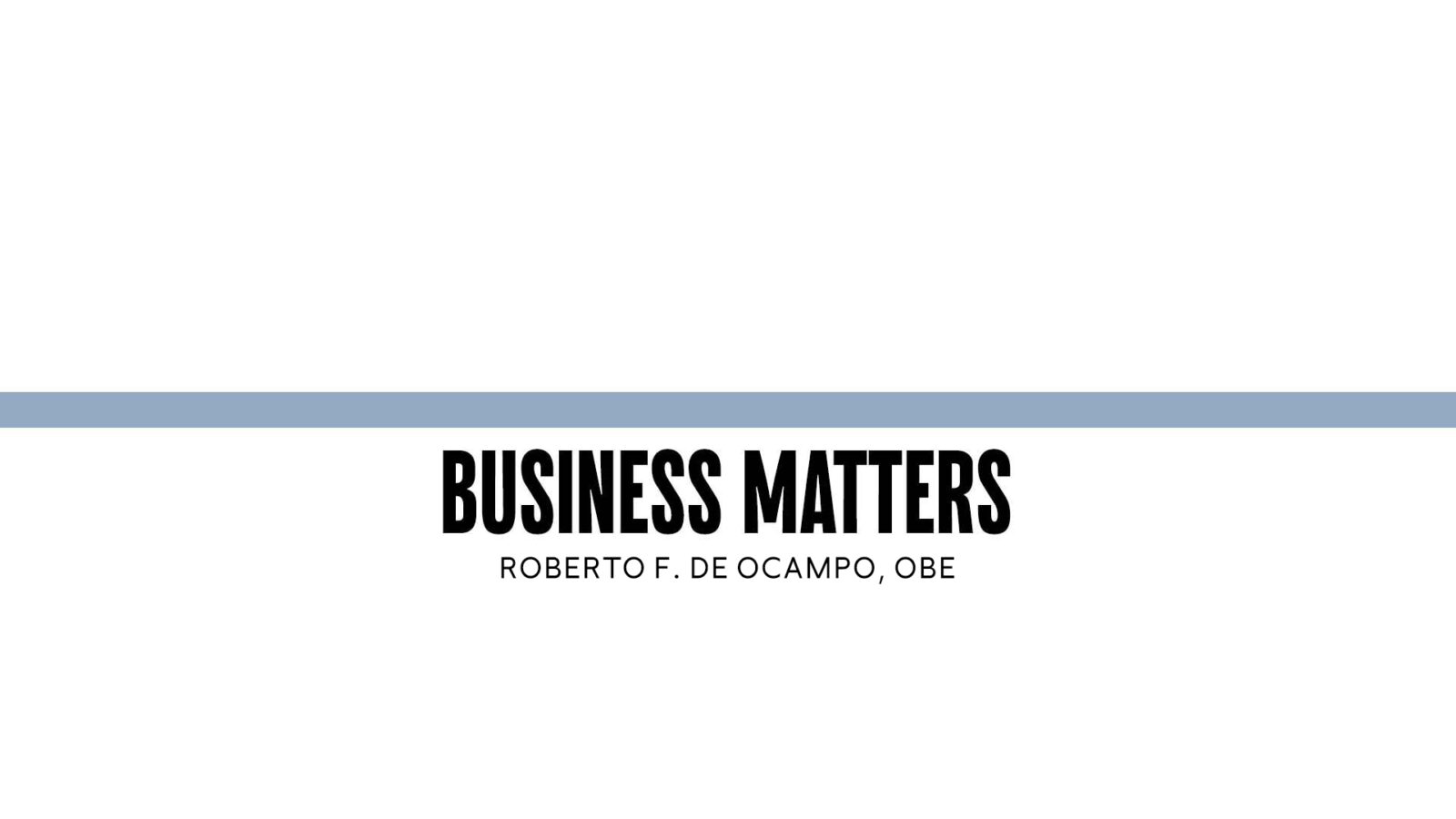Bewitched, bothered, and bewildered

The global economic outlook, as presented in the International Monetary Fund’s most recent World Economic Outlook, is sobering. Global growth is now projected to slow to 2.8 percent in 2025, a noticeable step down from 3.3 percent in 2024. Much of this can be traced to the reintensification of trade tensions, particularly the sweeping tariff measures recently reintroduced by the United States. These have pushed effective global tariff levels to highs not seen in more than a century. Trade growth, meanwhile, is expected to decelerate to just 1.7 percent—a far cry from the 8 percent averages that characterized the prefinancial crisis era.
The impact on the world’s largest economy is already visible. US GDP growth forecasts have been lowered to 1.8 percent for 2025, a full percentage point below last year’s performance. Inflation in the US remains elevated despite falling energy prices, and with monetary tightening reaching its limit, the economy now faces the risk of a stagflationary environment—where growth stagnates even as prices remain high. For those of us who remember the late 1970s and early 1980s, this isn’t a theoretical risk; we’ve seen global spillovers before. That episode, after all, marked the beginning of sovereign debt crises across Latin America and parts of Southeast Asia.
But even in the absence of full-scale stagflation, there are warning signs. For the first time in decades, the US dollar has depreciated during a geopolitical shock. It lost nearly 2 percent on a trade-weighted basis in the first quarter of this year. Meanwhile, demand for US Treasuries has softened. These are early signals, not panics—but they speak to an erosion in the automatic confidence markets once placed in the US as a global anchor.
As for the Philippines and economies like it, we are not immune to these global shifts—but we’re also not as exposed as others. Most forecasts suggest that Philippine GDP growth may moderate by about one percentage point in 2025. While not ideal, this remains within a range that allows for forward movement. Several domestic factors help explain this relative resilience.
The Philippines has a more modest trade-to-GDP ratio compared to many of its regional peers, limiting its direct exposure to tariff shocks. Remittances continue to grow steadily—up 3.2 percent so far this year—and BPO services remain a robust source of foreign exchange. The electronics sector, which makes up a large share of our exports, has benefited from key exemptions in the latest round of US tariff measures.
Meanwhile, inflation has declined significantly, down from a peak of over 8 percent in 2023 to just 1.8 percent in March this year. This has allowed a gradual reduction in interest rates, with 100 basis points of easing since mid-2024. Lower global demand has helped bring down prices of oil, fertilizer, coal, and other key inputs. In this environment, monetary authorities have found space to support growth without compromising price stability.
Still, there are larger structural challenges that warrant attention. Chief among these is the unraveling of the rules-based international trading system. Decades of predictability are giving way to policy fragmentation and retaliatory measures. These shifts make long-term planning more difficult and introduce uncertainty into cross-border investment decisions.
Another source of concern is the risk of a bifurcated world. As the US and China consolidate rival spheres of influence—not just in trade, but in technology and security—countries in between are being forced to navigate increasingly narrow diplomatic corridors.
Ironically, even staunch allies of the United States who didn’t even imagine that they had to make choices between these spheres of influence find themselves having to do so. Continuing calls by the US for Canada to be its 51st state; Greenland to be taken as part of US territory by any means possible; unprecedented escalation of tariffs on even its allies; identifying the European Union as having been established for the purpose of taking undue advantage of the US economy; among others, have left countries in the Western Alliance bewitched, bothered, and bewildered. Some have made the choice of not only distancing themselves from their main ally, the US, but even cozying up to its identified adversaries—mainly China. The resulting global picture is one of an erstwhile dominant Western Alliance in disarray.
Meanwhile, its rival sphere of influence, led by BRICS, appears to move forward with comparatively better cohesion and an added sense of urgency if only to take advantage of this disarray and the continued perceived weaponization by the West of global financial structures and its continued reliance and use of sanctions however increasingly ineffective they seem to be. As a result, more countries are joining BRICS as a variant of a choice for diplomatic nonalignments i.e., participating in BRICS to widen their universe of trade opportunities and take a bet as it were on the inevitability of a multipolar world, while not disengaging with the United States.
Speech delivered at an event of the Pambansang Samahan ng Inhenyero Mekanikal (PSIM).
——————
Roberto F. de Ocampo, OBE, is a former finance secretary and finance minister in 1995, 1996 and 1997.
——————
Business Matters is a project of the Makati Business Club.





















The language of oppression against women